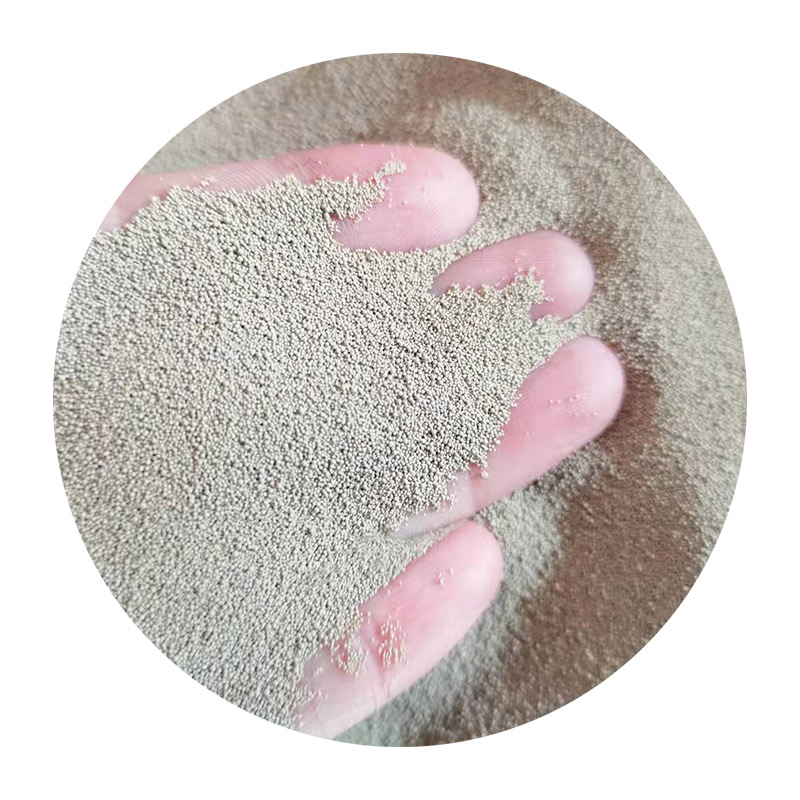Sand Casting Applications A Versatile Manufacturing Process
Sand casting, one of the oldest and most widely used metal fabrication processes, has stood the test of time due to its versatility and effectiveness. This method involves creating a mold from sand, into which molten metal is poured and allowed to solidify, forming a desired component. The applications of sand casting span various industries, including automotive, aerospace, machinery, and art, showcasing its adaptability to different materials and requirements.
Automotive Industry
One of the most significant applications of sand casting is found in the automotive industry. Manufacturers utilize this process to produce complex engine components, such as cylinder heads, engine blocks, and transmission cases. Sand casting allows for excellent design flexibility, enabling engineers to create intricate geometries that traditional manufacturing methods might struggle with. Furthermore, sand casting is cost-effective for producing both low and high quantities of parts, making it a preferred choice for both prototype development and mass production.
Aerospace Industry
The aerospace industry also heavily relies on sand casting, particularly for creating high-performance components that must withstand extreme conditions. Components such as turbine housings, gearbox casings, and structural parts are often produced using this method. The ability to cast lightweight yet strong materials, including aluminum and titanium alloys, is particularly advantageous in aerospace applications where reducing weight is crucial for fuel efficiency and performance. Sand casting's capability to produce large parts without significant tooling costs is a notable benefit, allowing for rapid prototyping and innovation in aircraft manufacturing.
sand casting applications

Machinery and Equipment
Sand casting is extensively used in the production of machinery and heavy equipment components, including gears, valves, and housings. These components often require durability and resistance to wear and tear, characteristics that can be achieved through proper material selection and casting techniques. For example, cast iron, which is frequently used in sand casting, provides excellent wear resistance and can be machined easily to achieve precise dimensions. The ability to produce complex shapes reduces the need for additional machining operations, effectively streamlining the manufacturing process.
Artistic Applications
Beyond industrial uses, sand casting also finds a place in the realm of art and sculpture. Artists frequently utilize the sand casting process to create unique pieces, ranging from intricate sculptures to decorative items. This application showcases the creative potential of sand casting, where artists can explore different materials, forms, and finishes. The process allows for greater artistic freedom, as molds can be easily modified or made from custom designs. This fusion of artistry and manufacturing highlights the important role sand casting plays in creative industries.
Conclusion
In conclusion, sand casting is a highly versatile manufacturing process with a wide range of applications across various industries. Its ability to produce complex shapes, accommodate different materials, and support both low and high production volumes makes it an essential technique in modern manufacturing. Whether in automotive, aerospace, machinery, or artistic endeavors, sand casting continues to evolve, embracing advancements in materials and processes to meet the demands of the 21st century. As industries strive for innovation and efficiency, sand casting remains a reliable backbone for producing high-quality components that meet stringent standards and specifications.
Post time:Aug . 13, 2024 18:16
Next:Exploring the Advantages of Precision Sand Casting in Modern Manufacturing Processes and Applications
